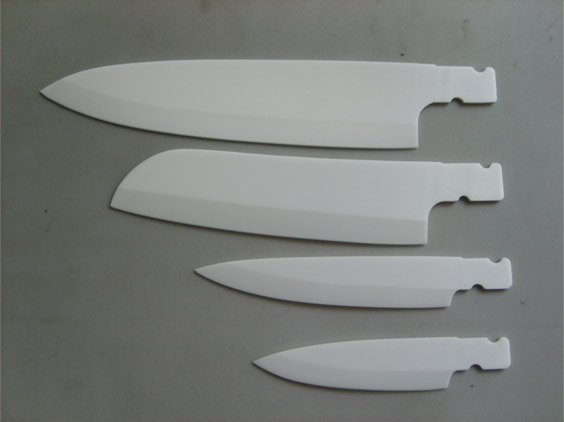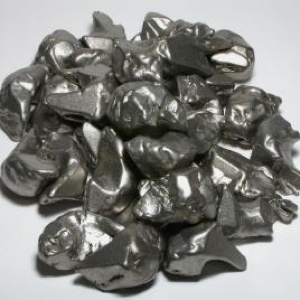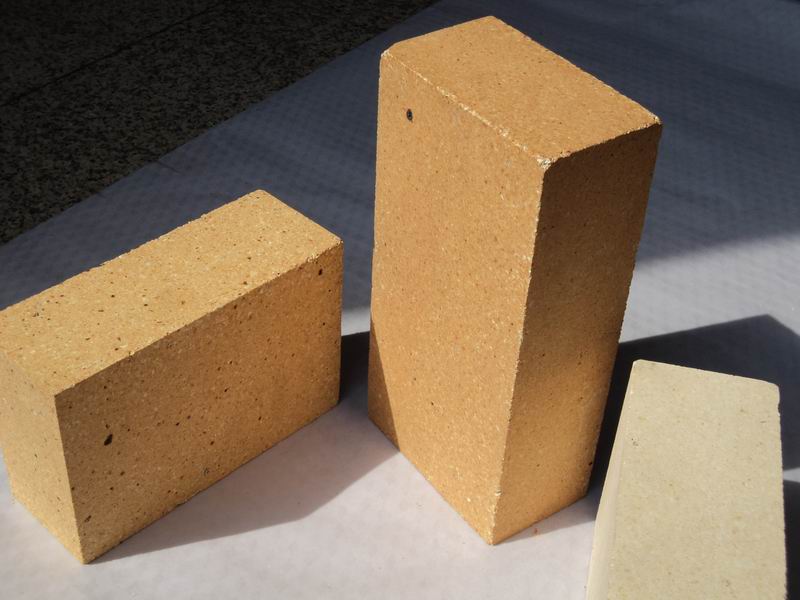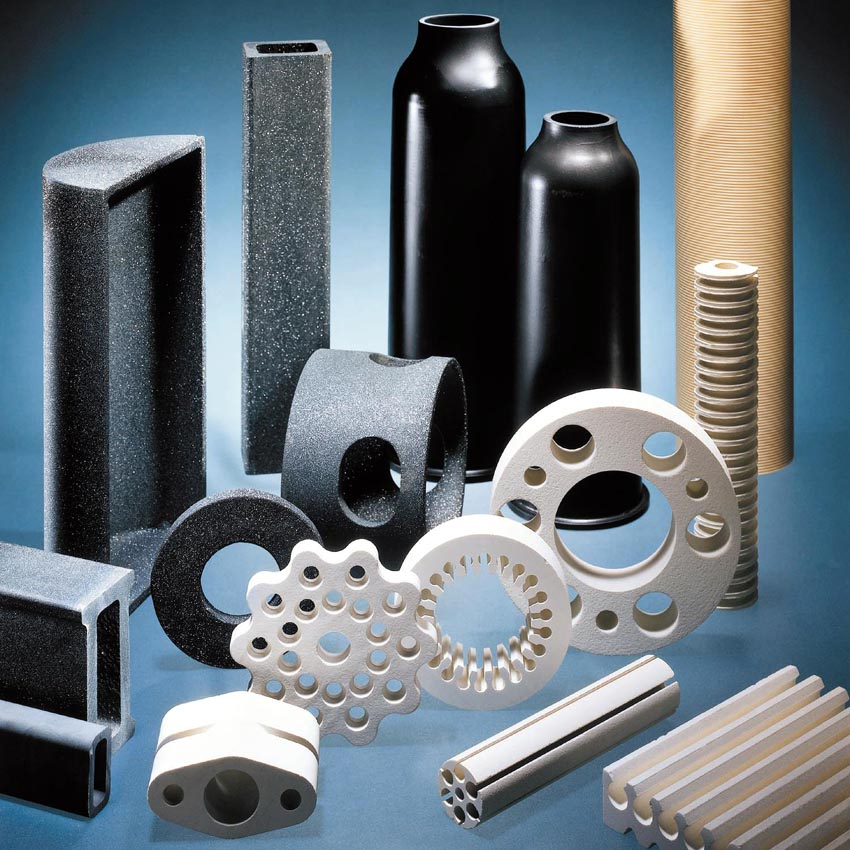Zirconia is an extremely refractory material. The material has low thermal conductivity. Zirconium dioxide (ZrO2), sometimes known as zirconia (not to be confused with zircon), is a white crystalline oxide of zirconium. The high temperature cubic crystalline form is rarely found in nature as mineral tazheranite (Zr,Ti,Ca)O2 (and a doubtful mineral arkelite).
 Zirconia Knives
Zirconia Knives
Pure zirconia exists in three crystal phases at different temperatures. At very high temperatures (>2370°C) the material has a cubic structure. At low temperatures (below 1170°C) the material transforms to the monoclinic structure. This behavior destroys the mechanical properties of fabricated components during cooling and makes pure zirconia useless for any structural or mechanical application.
Several oxides which dissolve in the zirconia crystal structure can slow down or eliminate these crystal structure changes. With sufficient amounts added, the high temperature cubic structure can be maintained to room temperature. Cubic stabilized zirconia is a useful refractory and technical ceramic material because it does not go through destructive phase transitions during heating and cooling.
Zirconia Bearing
Zirconium dioxide is one of the most studied ceramic materials. Pure ZrO2 has a monoclinic crystal structure at room temperature and transitions to tetragonal and cubic at increasing temperatures. The volume expansion caused by the cubic to tetragonal to monoclinic transformation induces very large stresses, and will cause pure ZrO2 to crack upon cooling from high temperatures. Several different oxides are added to zirconia to stabilize the tetragonal and/or cubic phases: magnesium oxide (MgO), yttrium oxide, (Y2O3), calcium oxide (CaO), and cerium(III) oxide (Ce2O3), amongst others.
Zirconia is often more useful in its phase ‘stabilized’ state. Pure Zirconia when heated goes through disruptive phase changes. In some cases, the tetragonal phase can be metastable. If sufficient quantities of the metastable tetragonal phase is present, then an applied stress, magnified by the stress concentration at a crack tip, can cause the tetragonal phase to convert to monoclinic, with the associated volume expansion.
The cubic phase of zirconia also has a very low thermal conductivity, which has led to its use as a thermal barrier coating or TBC in jet and diesel engines to allow operation at higher temperatures. Another low thermal conductivity use is a ceramic fiber insulation for crystal growth furnaces, fuel cell stack insulation and infrared heating systems. Thermodynamically the higher the operation temperature of an engine, the greater the possible efficiency (see Carnot heat engine). Stabilized zirconia is used in oxygen sensors and fuel cell membranes because it has the ability to allow oxygen ions to move freely through the crystal structure at high temperatures.
You might also like
| What is Zirconia? Zirconia - ZrO2 Zirconium dioxide (ZrO2),... | Refractory Materials Refractory materials must be chemically and... | Advanced Ceramics What is Advanced Ceramic ? A ceramic is... | Titanium and Titanium Alloys What is Tinanium Alloys ? Titanium was... |




 Alloy Suppliers
Alloy Suppliers
 Aluminum
Aluminum
 Aluminum Extrusions
Aluminum Extrusions
 Copper-Brass-Bronze
Copper-Brass-Bronze
 Nickel
Nickel
 Magnets
Magnets
 Stainless Steel
Stainless Steel
 Stainless Steel Tubing
Stainless Steel Tubing
 Steel Service Centers
Steel Service Centers
 Titanium
Titanium
 Tungsten
Tungsten
 Wire Rope
Wire Rope
Hello. thank you very good site.
I purification and conversion Zrc to ZrCl4 Require information about the reaction of chlorine with ZrC.
Please, if diagram Zr-Cl If there is please send to me.
Thank you. your site is very good.